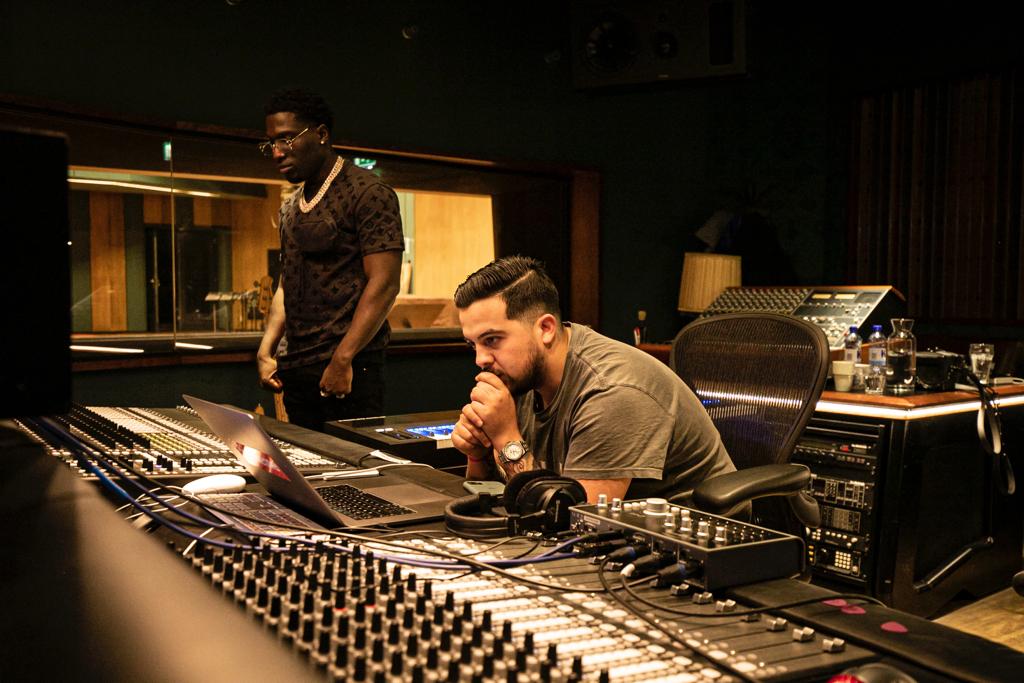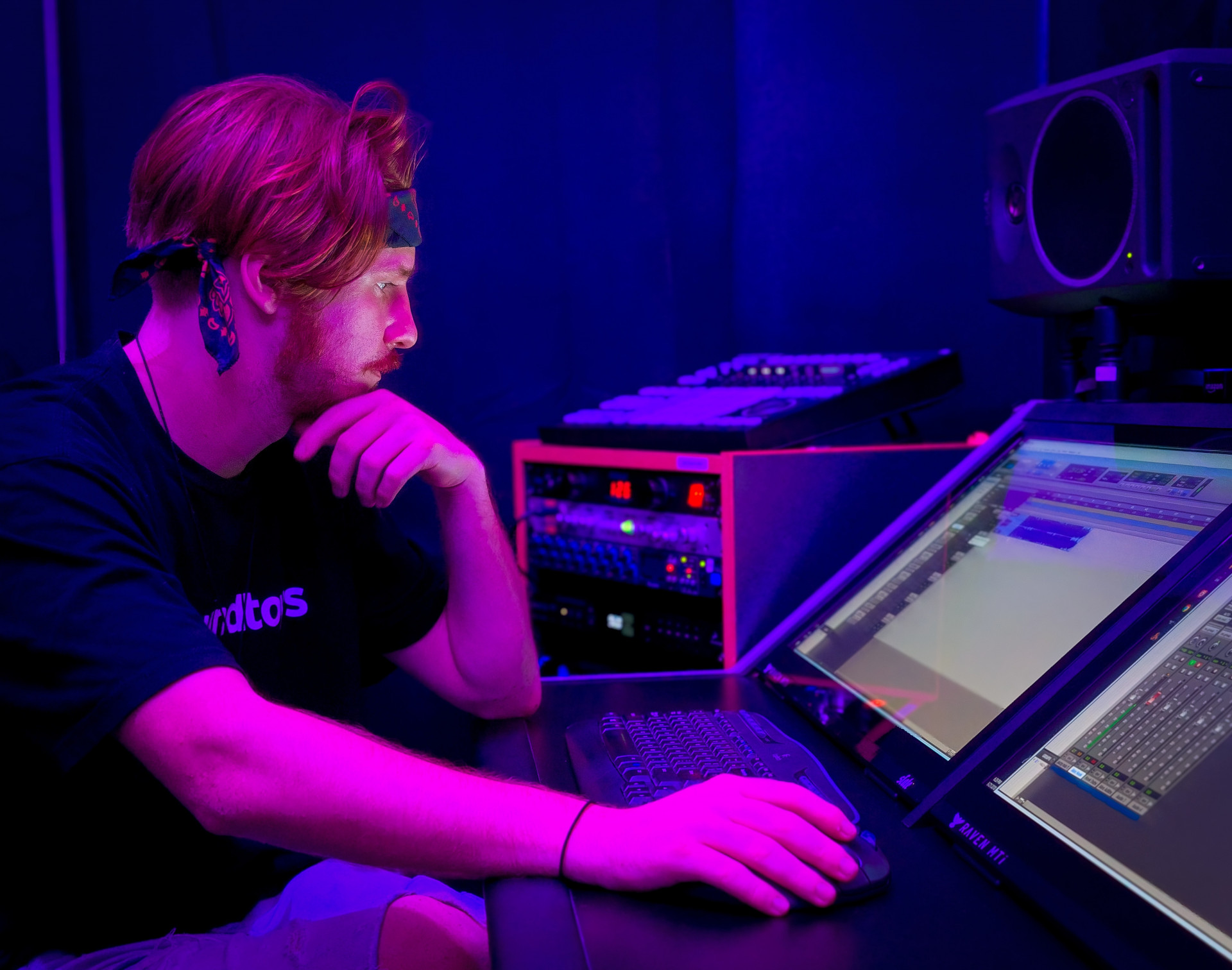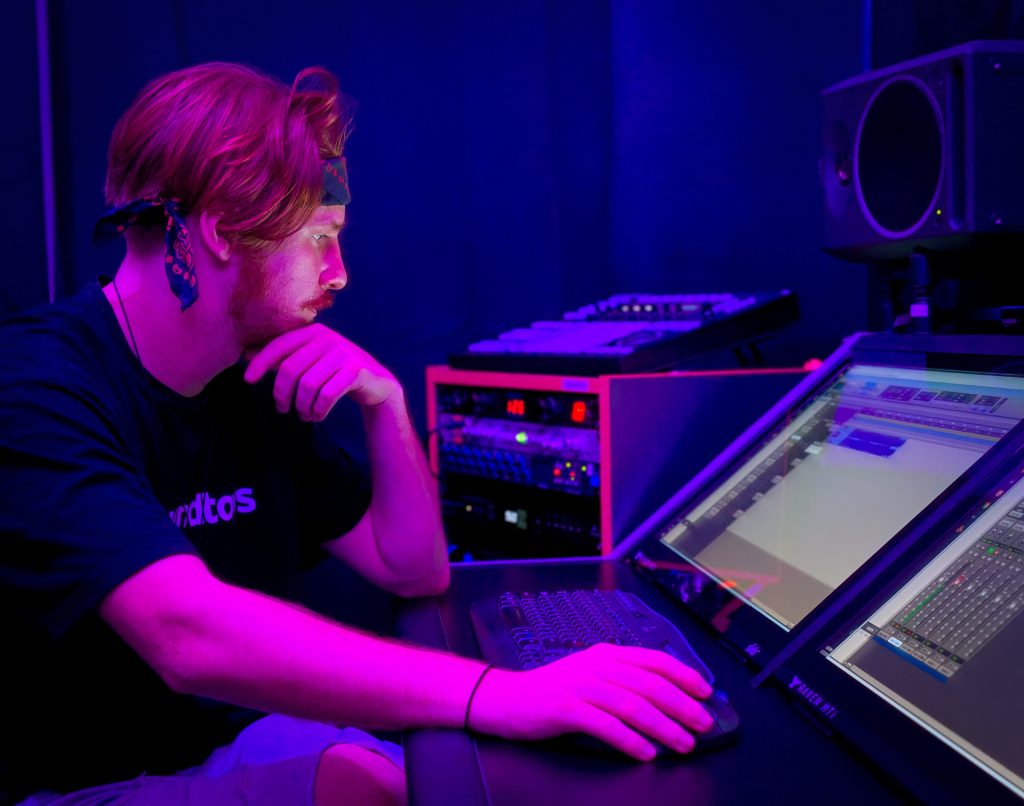 One of the things you will be doing as a songwriter at the Wisseloord Academy is toplining. Toplining is a way of writing in which the songwriter devises the vocal lines on a pre-made demo production. This is most done in the EDM scene.
One of the things you will be doing as a songwriter at the Wisseloord Academy is toplining. Toplining is a way of writing in which the songwriter devises the vocal lines on a pre-made demo production. This is most done in the EDM scene.
Many DJs produce their new tracks before there is a hook or melody. When the basis of such a production is in place, they send it out to songwriters for them to come up with a top line. This is often accompanied by a briefing.
It is extremely important to do research before writing. For example, first listen to the reference tracks and the latest releases of the relevant DJ. There are several important points to consider when making the topline.
Lyrics
When you listen to the examples, take a good look at how the text is put together. Is it many words or very few? Does the story remain a bit on the surface, or does it really go in depth? Are there many ‘easy’ words used, or do you regularly hear ‘unknown’ and ‘more difficult’ words? Are many clich�s used or does the artist try to avoid them as much as possible?
Melodies
Also try to find out what kind of melodies are commonly used in his or her music. Are the intervals used small or large? Is the rhythm fast or slow? Do the notes continue for a long time, or do they end quickly?
Vocals and production
The songwriting of the topline can be very good in itself, but if the choice in the vocals and the production thereof is not the right one, it is possible that the topline is still rejected. So be very careful about that too. Does the artist almost always use female vocals? Then there is little chance that a male vocalist will make the cut, unless of course specifically requested. Also look at what kind of ‘range’ the vocalist uses a lot, so does the vocalist sing very high or very low?
The production of the vocals is the last important point. Topliners are supposed to produce the vocals themselves. So, it’s important to check whether the artist likes ‘clean’ vocals or wants them heavily edited. Spend a lot of time on this production, your topline can be so good, if your production is not top level, it will not work.
If you are asked to create a topline, make sure you submit your topline quickly. The credo “better yesterday than today” is often heard. Topline briefings are sent to multiple topliners at the same time. If you don’t act fast enough, there’s a good chance this opportunity will pass you by. So, work efficiently and quickly! Train your toplining and your production regularly; so that when you can finally get started, you are immediately ready!
To read more about Songwriting and how to improve the process of developing, creating and refining recorded music visit our knowledge base page about Songwriting Education.


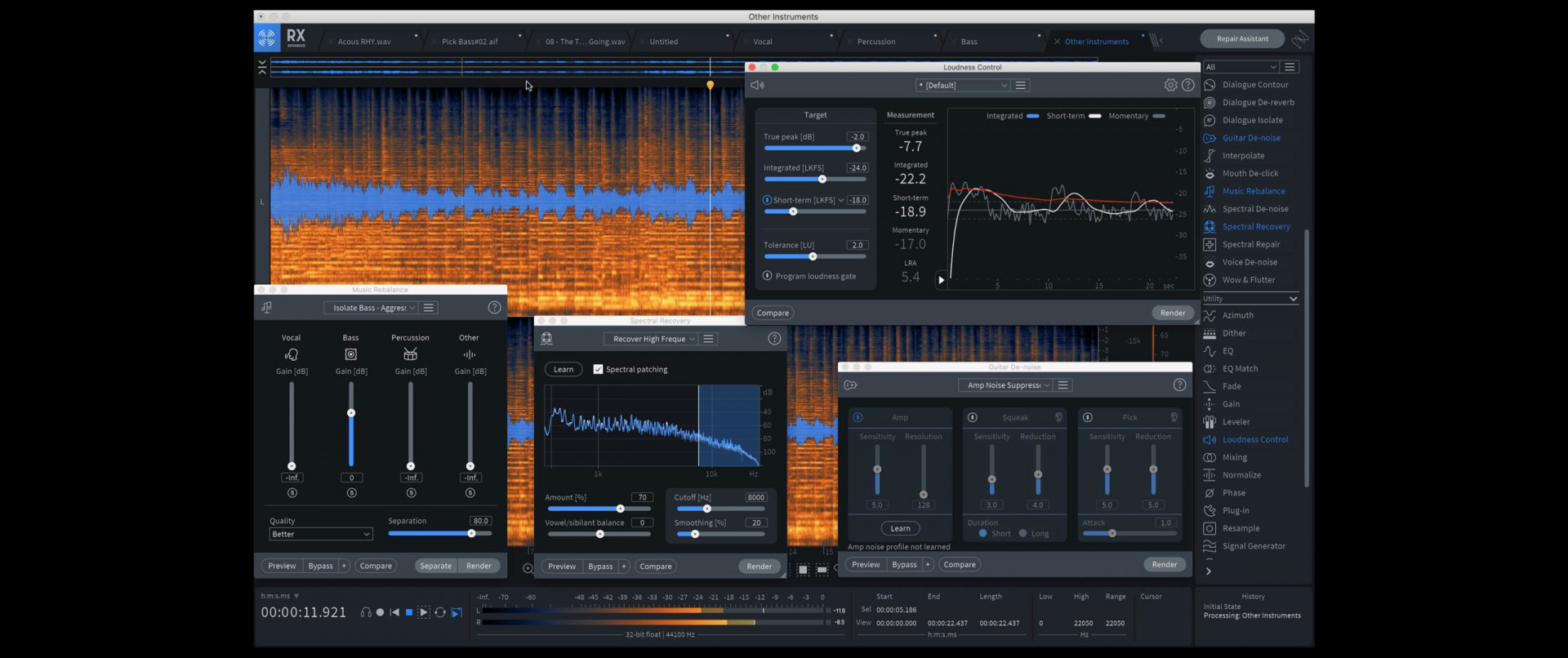
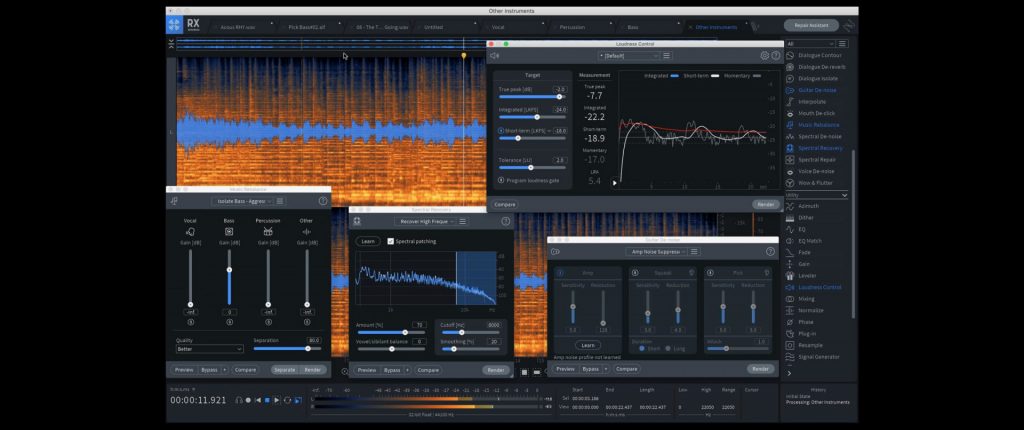
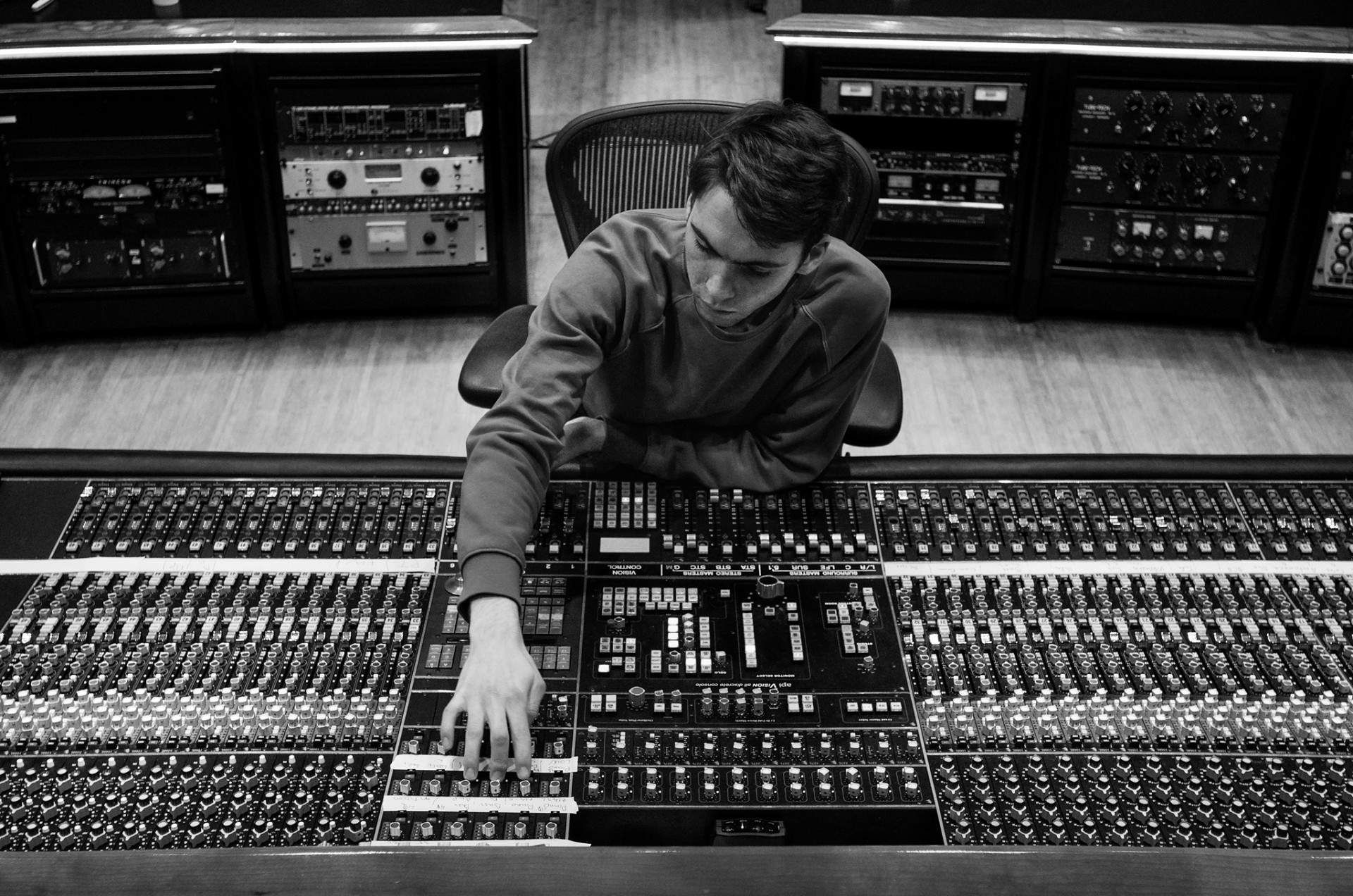
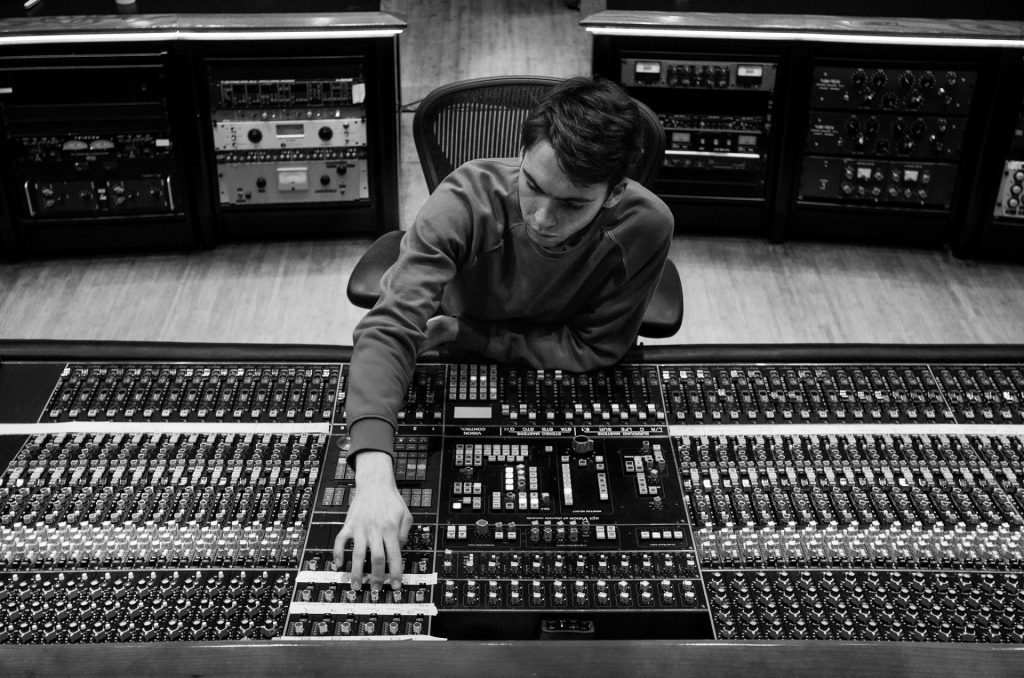
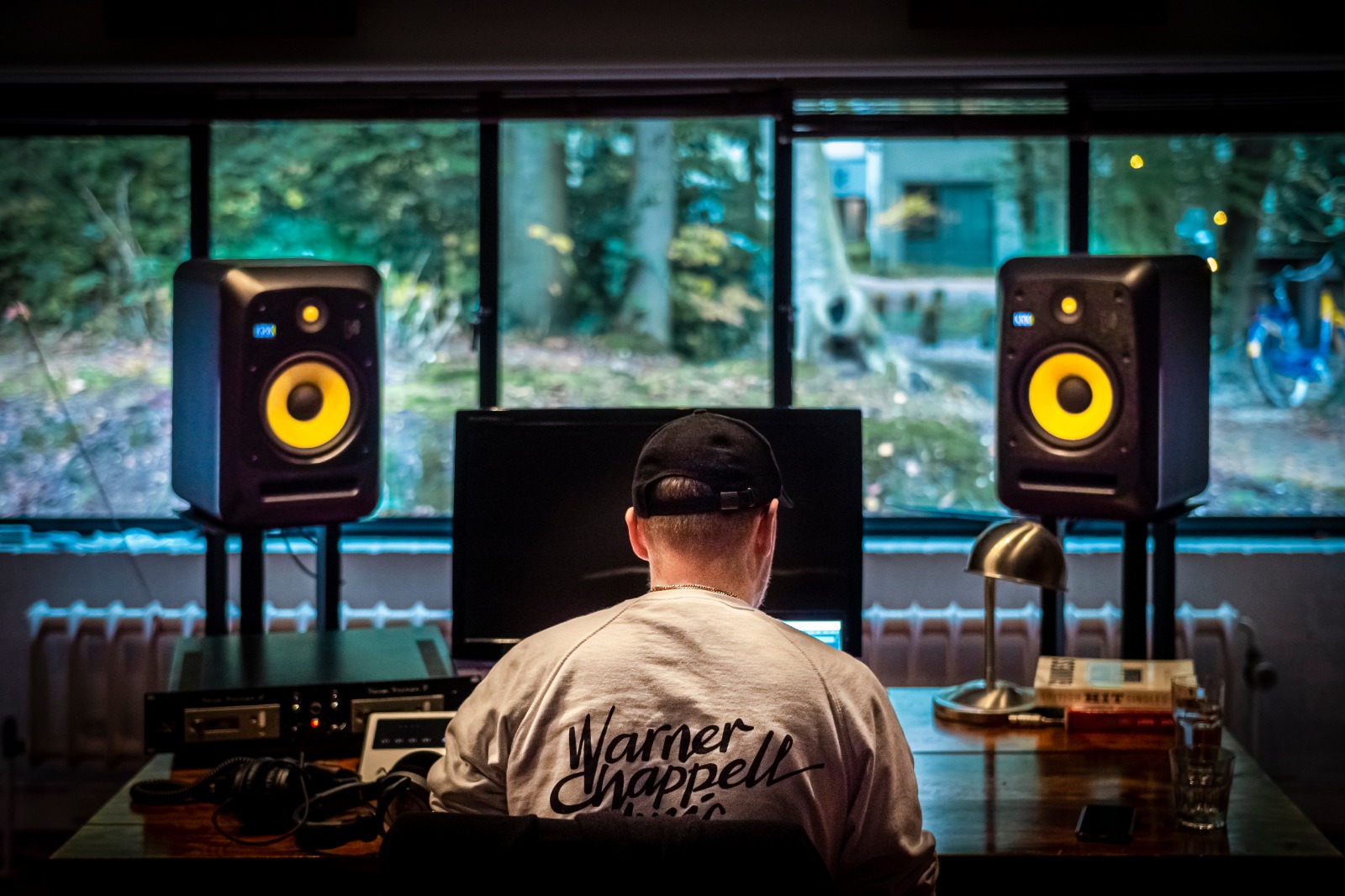
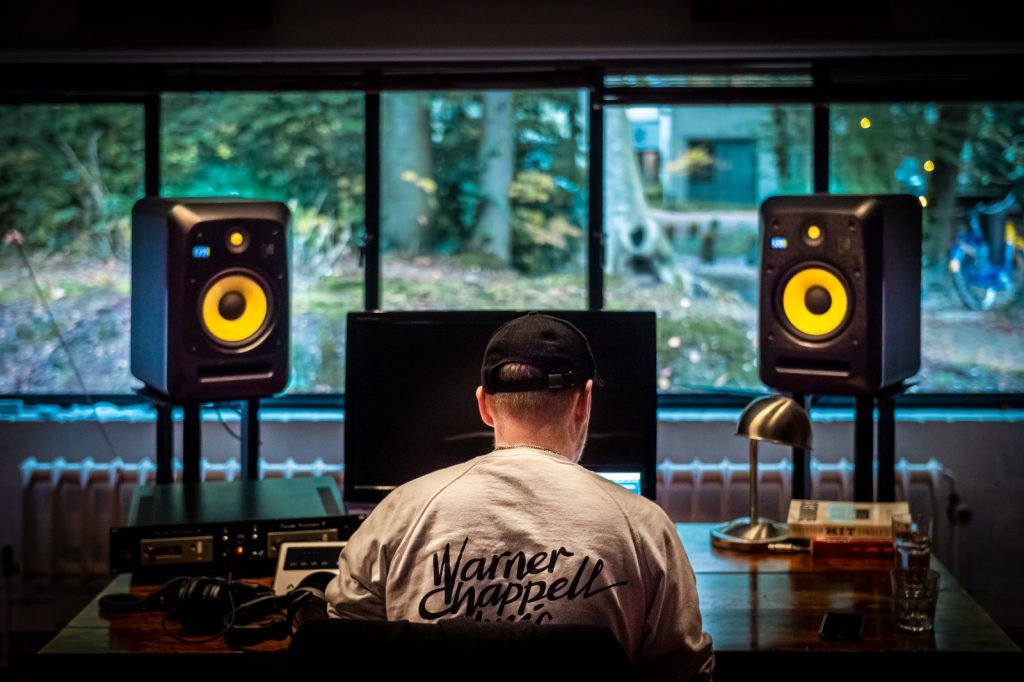
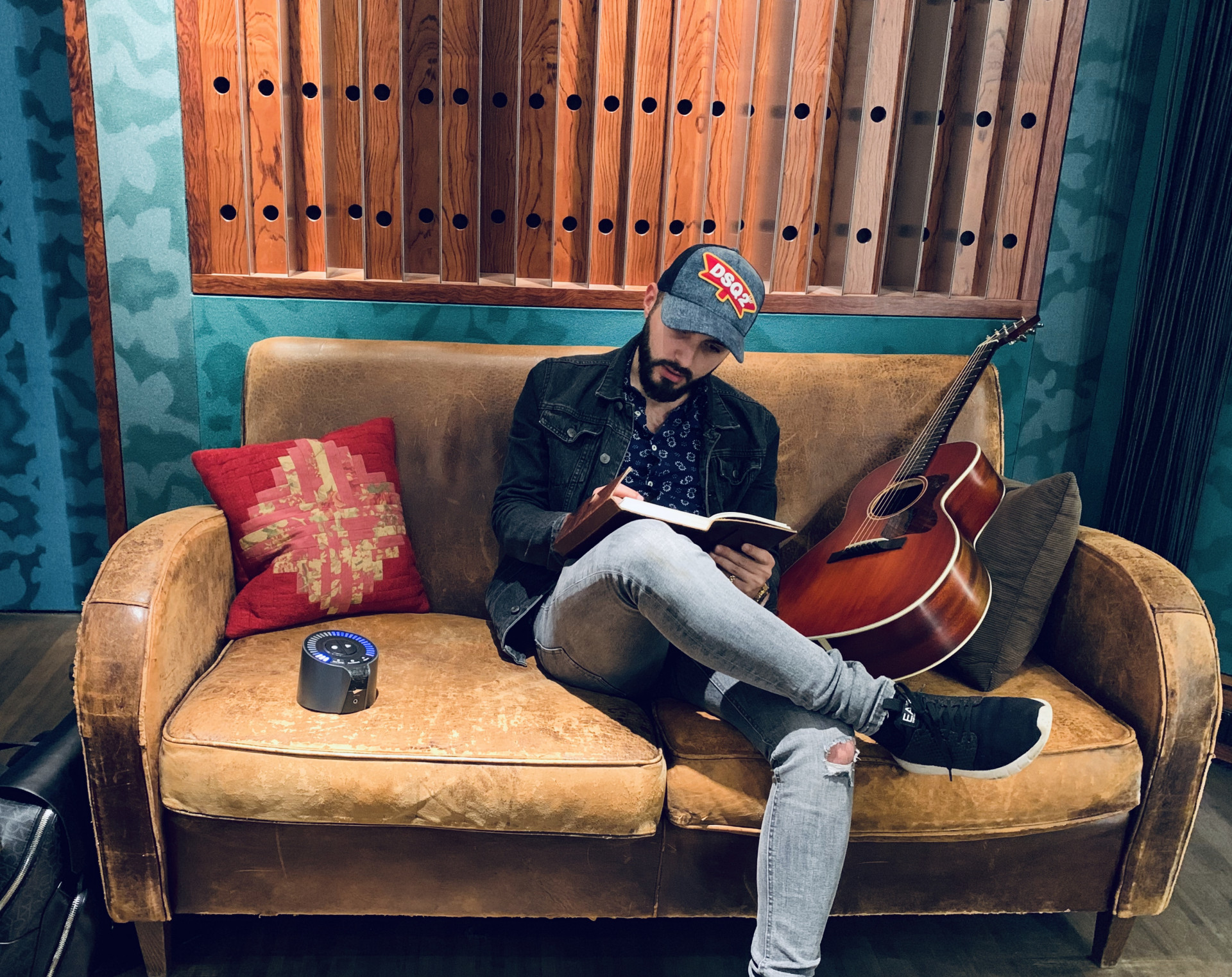
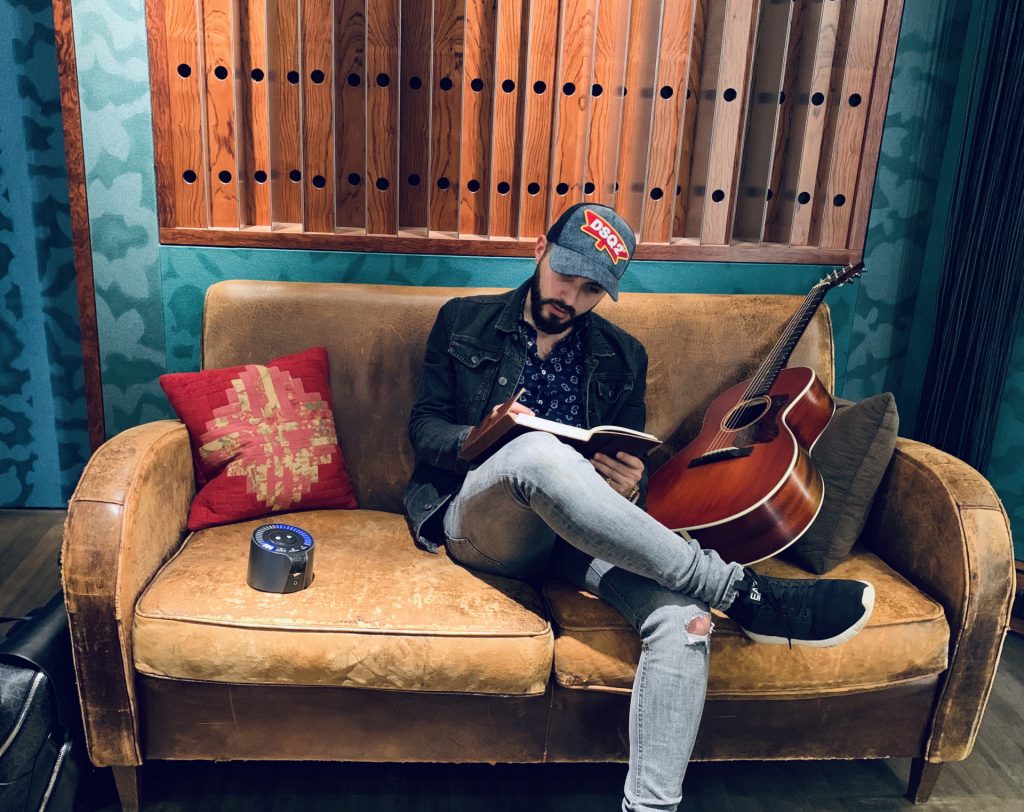
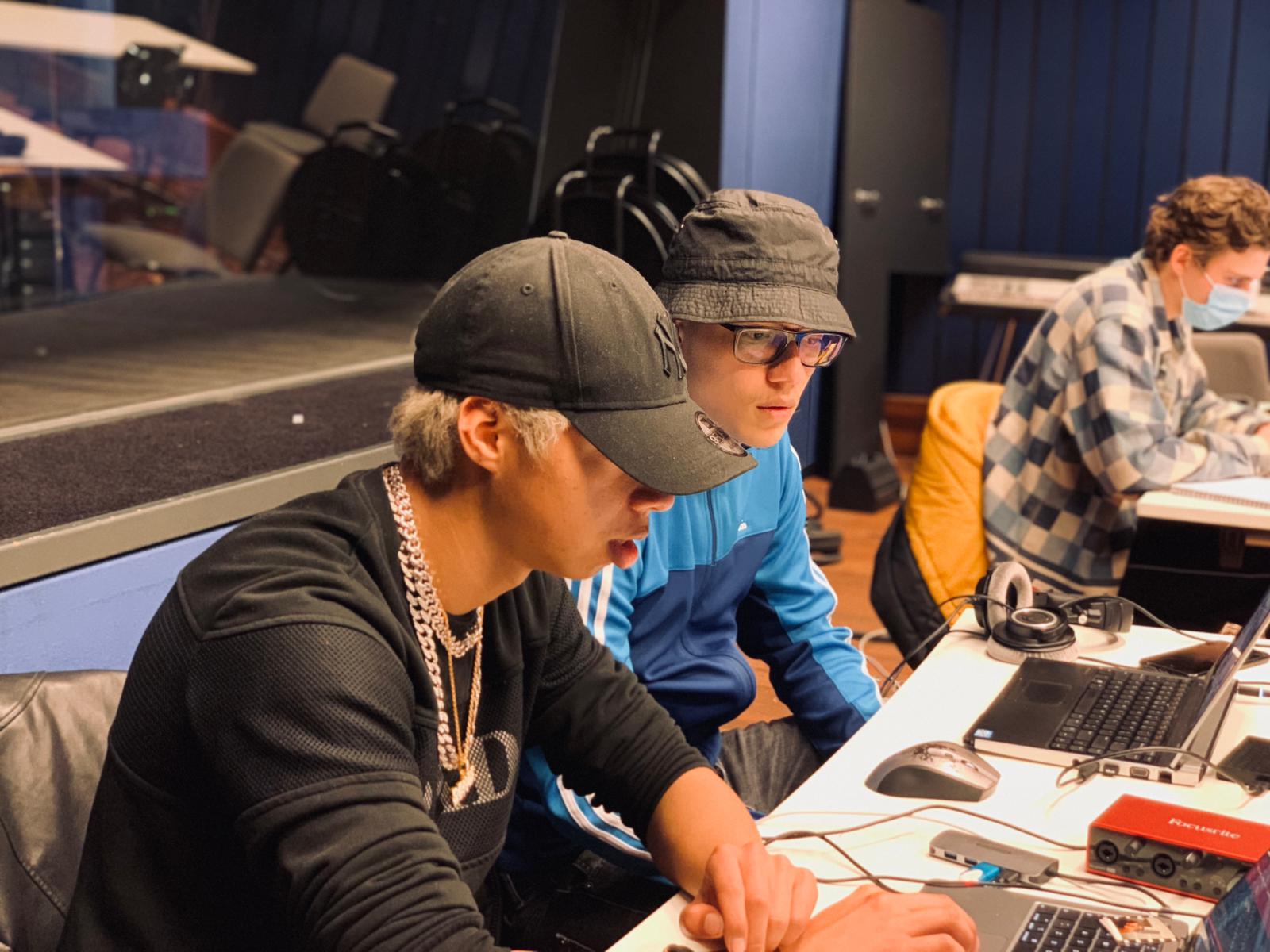
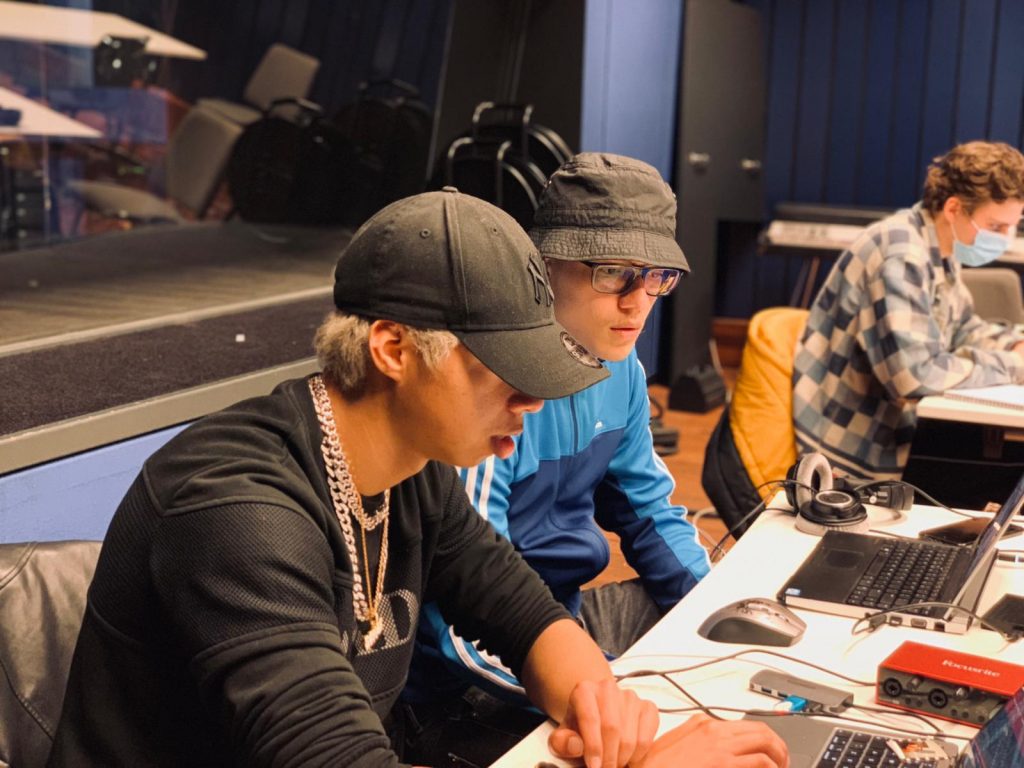

 At the Wisseloord Academy you will be prepared for the real thing. You will regularly work on assignments and briefings out of the work field. It gives you a double chance: you can gain experience while making the assignment and if you carry out the briefing well, it may just be that your work makes the ‘cut’. But how do such briefings work and what should you pay attention to when you start working on them?
At the Wisseloord Academy you will be prepared for the real thing. You will regularly work on assignments and briefings out of the work field. It gives you a double chance: you can gain experience while making the assignment and if you carry out the briefing well, it may just be that your work makes the ‘cut’. But how do such briefings work and what should you pay attention to when you start working on them?

